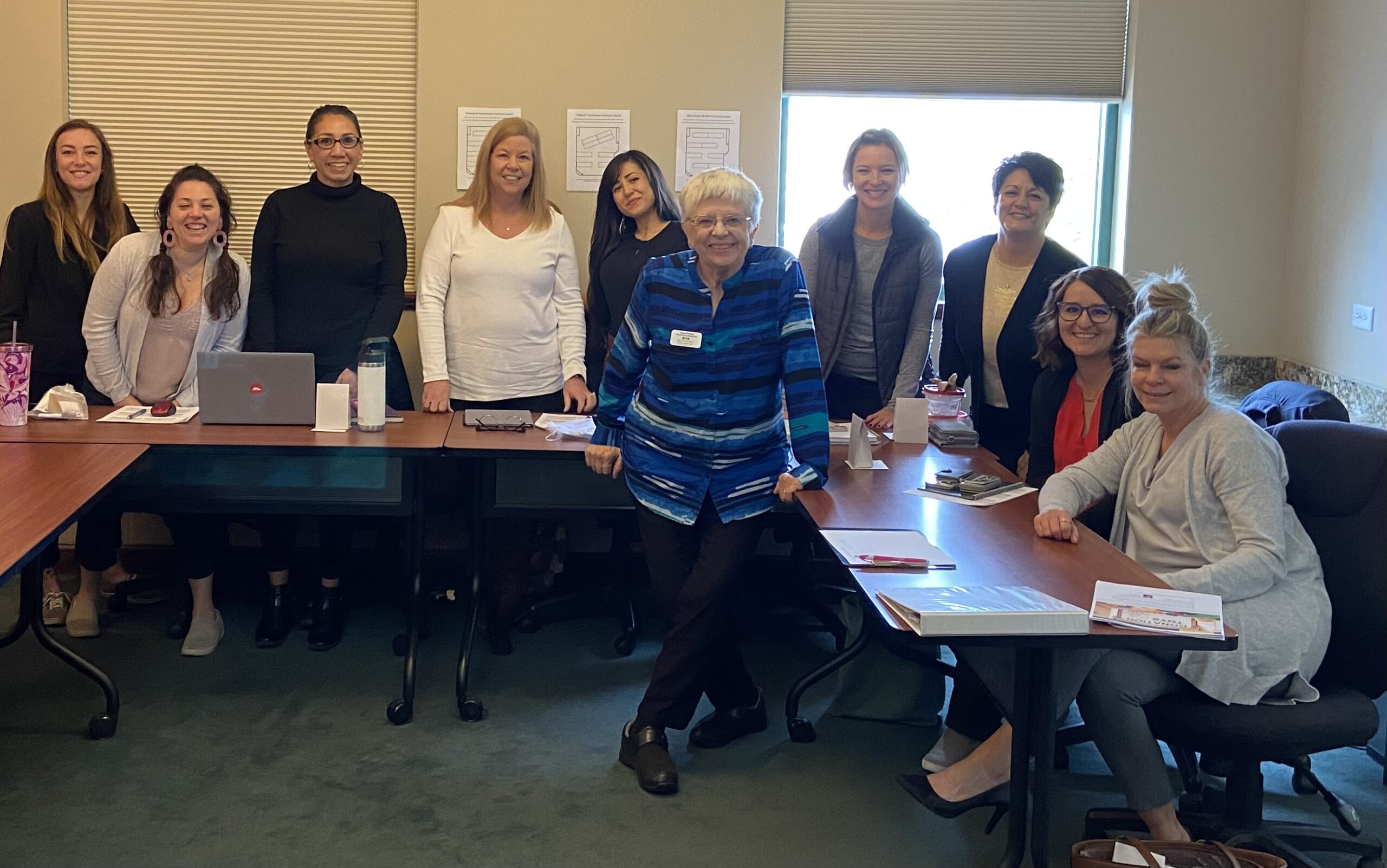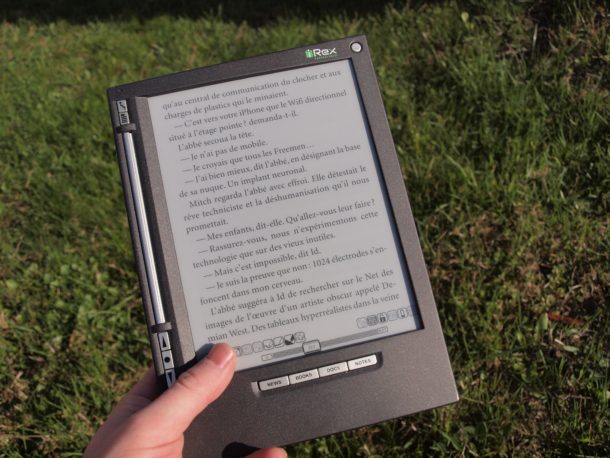Would you like to learn how to improve your training experiences?
Reflecting on my recent training experiences, I’ve considered what contributed to their being well-received.
My advice relates to preparing for the training, delivering the training, and the follow up after the training.
Prepare for the Training
- When you first commit to giving the training, get the basics of date, time, location, and audience. Book the training in your calendar and create a system for gathering the additional information you’ll need.
- Confirm the length, focus, and purpose of the training. Talk by phone or Zoom with your point of contact to clarify what is expected of you.
- In addition, provide a short description of the training, your bio, a headshot (if requested), and other PR-related items to your point of contact.
- Develop your training materials and practice your presentation.
- If using a slide deck for your training, offer to send it in advance to your point of contact.
- Within no more than two days before the training, confirm all specifics with your point of contact.
Deliver the Training
- For virtual trainings, arrive at least 15 minutes before the start of the meeting. Ensure you can show your screen, and arrange for someone to monitor the chat.
- For in-person trainings, arrive at least 30 minutes early and coordinate with your point of contact. Get your equipment set up before people start arriving. Greet people as they enter the meeting, and introduce yourself as the guest speaker.
- Keep to the time length that you committed to. Ask an attendee to time your presentation and alert you at whatever interval(s) you want. For example, for a 30-minute training, you might want to know when you have 10 minutes left and then five minutes left.
- Let the audience know when you start if they can ask questions during your training or wait until afterward. Listen carefully to the questions and respond to them graciously. Sometimes, you must tell a person you’ll get back to them with an answer. If someone’s question applies mainly to them and not to others, offer to talk with them privately.
- Deliver your presentation with enthusiasm, warmth, and respect for your audience. Give examples in your training that could apply to one or more people in the audience, if possible. Doing this helps you to bond with your audience.
Follow Up After the Training
- If you promise to send information to your point of contact (or another group member), do so promptly. I like to send around a sign-up sheet asking attendees if they want to subscribe to my newsletter or have me send them my ebook on LinkedIn.
- Send an email thanking your point of contact for inviting you to speak to their group. You may also want to create a post on LinkedIn or Facebook referencing the training you did. In that post, include the name of the organization where you did the training and your point of contact.
- As appropriate, make connections on LinkedIn with people you meet at the trainings you provide.
About Joyce
 Joyce Feustel helps people, especially those 55 and older, to be more effective using social media, with a special focus on LinkedIn and Facebook. She works with business owners, business development professionals, job seekers, consultants, and more. Find her at www.boomerssocialmediatutor.com.
Joyce Feustel helps people, especially those 55 and older, to be more effective using social media, with a special focus on LinkedIn and Facebook. She works with business owners, business development professionals, job seekers, consultants, and more. Find her at www.boomerssocialmediatutor.com.



Leave A Comment